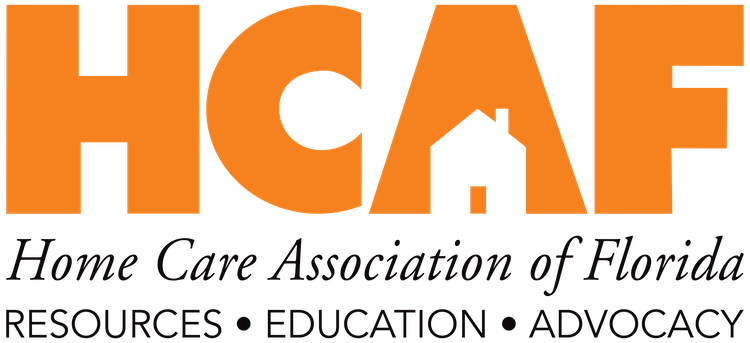U.S. Department of Labor Proposes Significant Salary Threshold Increase for FLSA White Collar Exemptions

U.S. Department of Labor Proposes Significant Salary Threshold Increase for FLSA White Collar Exemptions
On August 30, 2023, the U.S. Department of Labor (DOL) issued a Notice of Proposed Rulemaking (NPRM) that would bring substantial changes to the salary thresholds for the Fair Labor Standards Act's (FLSA) white-collar exemptions. If these proposed changes are enacted, they could have far-reaching implications for both employers and employees, particularly in terms of overtime pay eligibility.
Key Takeaways
According to the DOL's fact sheet, the NPRM seeks to accomplish for main goals:
- Salary increases: The DOL is proposing to raise the minimum weekly salary required for white-collar exemptions by over 50%, from the current $684 per week to $1,059 per week (equivalent to an annual salary of $55,068).
- HCE threshold: The annualized salary threshold for "highly compensated employees" (HCEs) would also see a substantial increase, going from $107,432 per year to $143,988 per year.
- Automatic updates: The proposed rule introduces a mechanism for automatic updates to these earnings thresholds every three years, using up-to-date wage data to ensure alignment with economic conditions.
- Expanded application: The new standard salary level for exemptions would also apply to employees in Puerto Rico, Guam, the U.S. Virgin Islands, and the Northern Mariana Islands.
Current Law
The FLSA mandates that all employees receive overtime pay for hours worked beyond forty in a workweek, unless they qualify for one of the three primary white-collar overtime exemptions: executive, administrative, or professional (EAP). Currently, to qualify for an EAP exemption, an employee must earn a minimum weekly salary of $684 and primarily perform specific EAP duties.
Proposed Changes
The DOL's proposed rule aims to achieve several goals, including raising the salary thresholds to reflect regional wage differences and updating them every three years to stay current with economic conditions.
Next Steps for Employers
Employers are encouraged to submit written comments on the proposed rule, with a 60-day window for feedback following its publication in the Federal Register. While the exact timeline for the final rule's publication is uncertain, it may take several months. Additionally, legal challenges are likely, as seen in the past.
Employers should consider strategies for managing employees whose salaries fall within the affected range, including potentially converting them to hourly, increasing salaries, or paying overtime compensation. Ensuring proper employee classification and preparing for automatic threshold increases are also crucial steps.
The situation continues to evolve, and organizations should stay informed about developments related to this proposed rule. HCAF will keep a close eye on updates and provide information as it becomes available.
- Related News: Millions More Workers Would Be Entitled to Overtime Pay Under a Proposed Rule (ABC News, 8/29/23)
Additional Info
Related Links : https://www.dol.gov/agencies/whd/overtime/rulemaking
